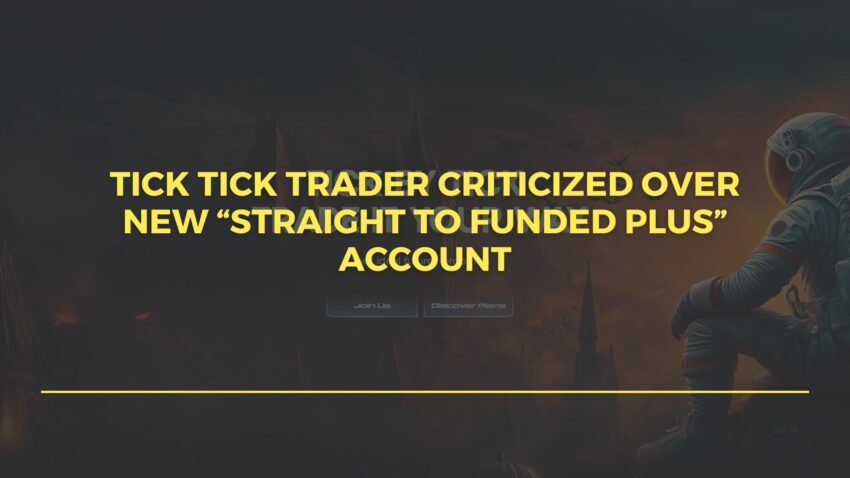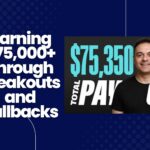Proprietary trading firm Ticktick Trader is facing intense backlash from members of the futures trading community following the release of its new “Straight to Funded Plus” account. Marketed as an evolution of its previous offerings, the account structure has been widely condemned for its unusually low payout rates and complex profit withdrawal restrictions.
According to documents reviewed by traders, the new account type offers up to $1 million in simulated capital—achieved by purchasing 10 individual 100K accounts at a combined cost of $2,500. However, despite the high cost of entry, the return on investment has been described as “atrocious” due to what critics say are excessively low cash payouts and an opaque system of fund allocation.
Each 100K account includes a $3,000 trailing drawdown and requires traders to generate $500 per day for 10 consecutive days—a total profit of $5,000—before becoming eligible to request a payout. However, even when traders meet these conditions, the most they can request is $2,000. Of that amount, only 50%—or $1,000—is paid directly as cash. The remaining 40% is placed into a “live wallet,” which traders can only access by generating further profits. The final 10% is reserved for commission fees.
Withdrawals from the live wallet are subject to additional performance milestones. If traders lose the balance within the live wallet, they are reverted back to the original “Straight to Funded” simulation account, further delaying cash access.
The payout percentages are significantly lower than industry standards, which typically offer 80% to 90% profit splits. Based on example calculations, a trader who pays $2,500 to fund 10 accounts and generates $50,000 in trading profit may only receive $10,000 in cash—a 20% payout ratio. Critics say that this figure doesn’t fully account for commissions and funds locked in the live wallet.
For smaller accounts, the payout structure remains similarly constrained. A single 50K account, priced around $200, would require a trader to make $2,500 in profit to request a payout, but only $1,200 can be requested. Of that, just $600 is paid in cash, with the rest redirected to the live wallet. This results in a net payout rate of approximately 24% of profits generated.
Additionally, payout caps are reportedly not clearly disclosed on Ticktick’s main product pages. Instead, users must locate payout limitations buried in the platform’s knowledge base. For example, while a maximum withdrawal of $2,000 for a 100K account is implied through references to bundled payouts, it is not explicitly stated up front. The lack of transparency has drawn criticism from several experienced traders who argue the terms are misleading for new participants.
Although multiple withdrawals from live accounts are permitted, the eligibility appears to depend on achieving new profit high-water marks—effectively requiring additional consistent profitability to access previously earned funds.
The controversial model has drawn comparisons to previous incidents in the industry involving dramatic changes to payout structures. Some traders likened the offering to past “rug pulls” where advertised payout percentages were significantly reduced after account purchase. However, unlike those cases, Ticktick’s model was disclosed in advance—albeit in less visible areas of its platform.
As the firm continues promoting the product, members of the trading community have expressed skepticism over its long-term viability and fairness to participants. Many have warned prospective traders to closely review the payout mechanics and potential return on investment before purchasing.




